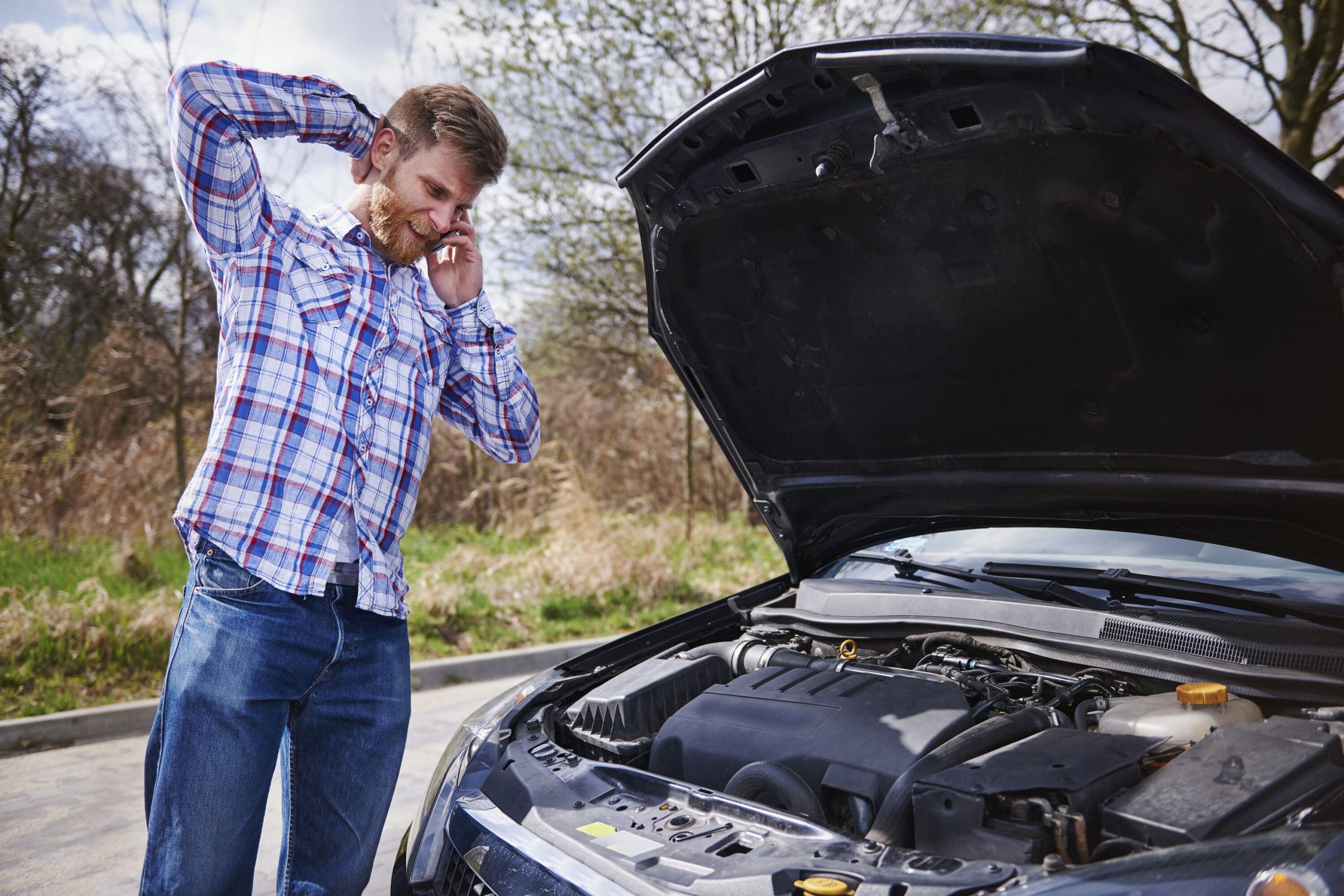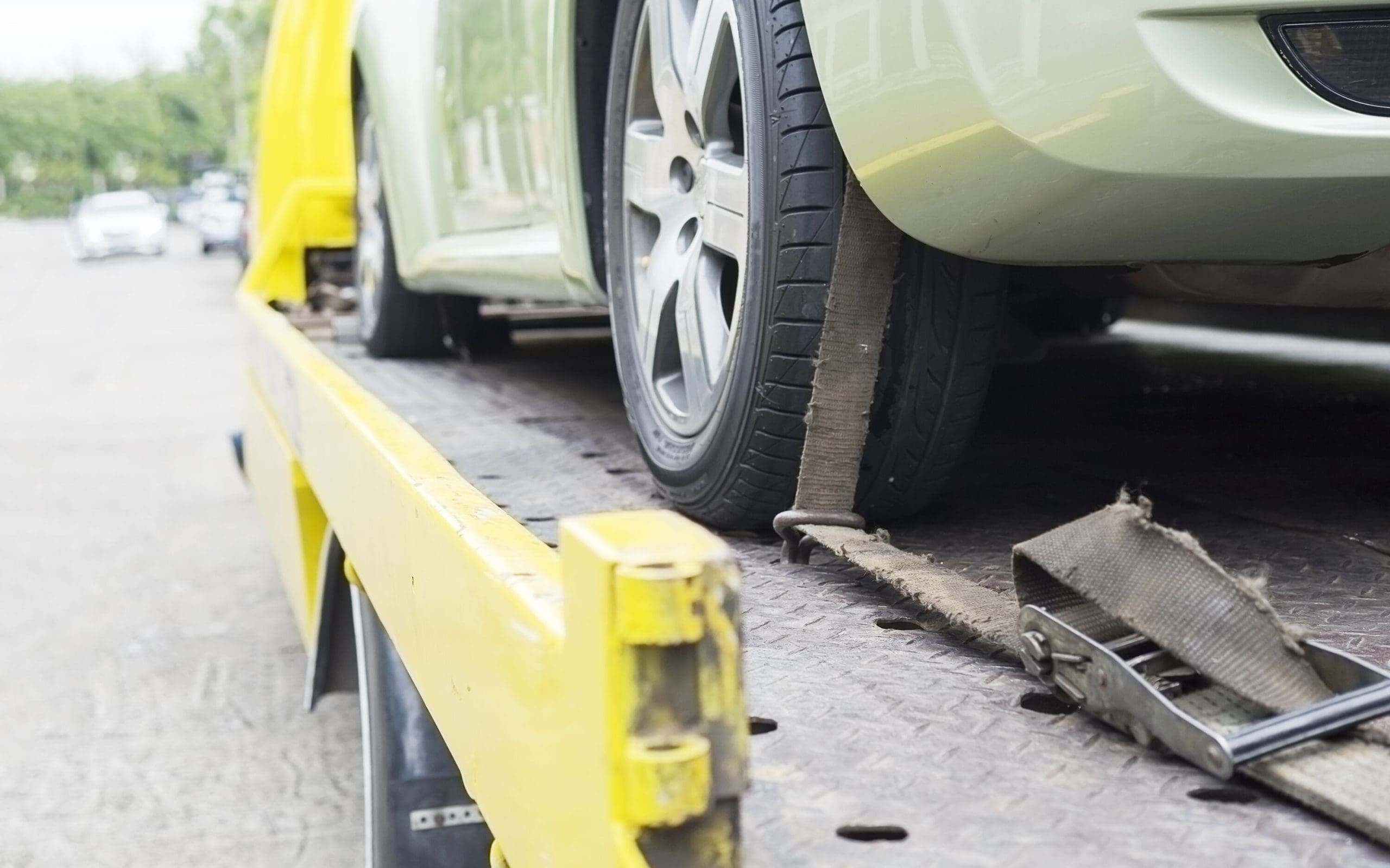As you embark on your European road trip adventure, the last thing you want to consider is your vehicle breaking down in an unfamiliar country. However, being prepared for such situations can provide peace of mind and ensure your journey continues smoothly. Understanding how roadside assistance works in Europe is crucial for any traveller venturing onto the continent’s diverse roadways. This article will guide you through the steps to take if your car experiences issues while abroad, explain the intricacies of European roadside assistance services, and provide valuable tips to help you navigate potential mechanical troubles with confidence during your travels.

Understanding Roadside Assistance Coverage in Europe
When driving in Europe, it’s crucial to comprehend the intricacies of roadside assistance coverage. Many travellers assume their domestic auto insurance or credit card benefits will suffice, but this isn’t always the case. European countries often have unique requirements and limitations for roadside services. It’s advisable to research country-specific regulations and consider purchasing additional coverage from international providers. Some key factors to examine include towing distance limits, replacement vehicle options, and language support services. Remember, comprehensive coverage can provide peace of mind, potentially saving you time and money if unexpected vehicle issues arise during your European adventure.
Options for Roadside Assistance When Traveling in Europe
When your vehicle breaks down in Europe, you have several options for roadside assistance. Many car rental companies offer 24/7 emergency services as part of their package. It’s crucial to save their contact information before your trip. Alternatively, consider purchasing international auto club memberships, such as AA, which often provide coverage in European countries.
For a local solution, dial the pan-European emergency number 112, which works in all EU countries. This service can connect you with nearby assistance. Additionally, some credit card companies offer roadside assistance as a travel benefit, so check your card’s terms before departing.
Remember to keep important documents, like your rental agreement and insurance information, easily accessible in case of an emergency.

What happens if my car breaks down in Europe
If your vehicle breaks down while traveling in Europe, stay calm and follow these steps. First, safely pull over to the side of the road and turn on your hazard lights. Put on a high-visibility vest if you have one, as it’s required in many European countries. Place a warning triangle behind your vehicle to alert other drivers.
Next, assess the situation. If you’re in a dangerous location or can’t diagnose the problem, call for professional help immediately. Many European countries have dedicated emergency numbers for roadside assistance. If you have international coverage through your auto club or insurance, use their helpline for guidance and support.
Remember, procedures may vary by country, so familiarize yourself with local regulations before your trip.

Tips to Avoid Breaking Down While Driving in Europe
Regular Maintenance is Key
Before embarking on your European road trip, ensure your vehicle is in top condition. Schedule a thorough check-up, including oil changes, brake inspections, and tire rotations. Pay special attention to your car’s cooling system, as overheating is a common issue during long drives.
Familiarize Yourself with Local Driving Conditions
Research the driving laws and road conditions of the countries you’ll be visiting. Some European nations have specific requirements, such as carrying safety equipment or using winter tires during certain months. Being prepared can help you avoid breakdowns and legal issues.
Pack an Emergency Kit
Always carry a well-stocked emergency kit in your vehicle. Include items like a first-aid kit, flashlight, basic tools, and a spare tire. Consider adding a portable battery charger for your phone to ensure you can call for help if needed.









